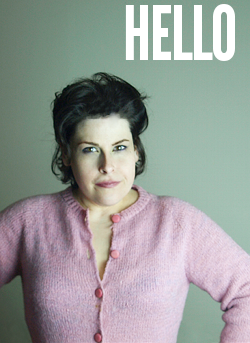Why Monitor Size Doesn’t Matter
By Jessica Albon

You’ve heard the rumor: web users like ’em bigger. I use a 22″ widescreen for design work. It’s pretty great. But, it’s also too much real estate for any one window so I usually use it as I would a dual monitor setup, which I’ve never been willing to make room on my desk for.
So, here’s that that means: I’ll give your site 800 pixels or so; if it doesn’t fit, I growl (and either close your site or work around it, depending on how important that site is to what I’m doing). The good news is that most sites fit within 800 pixels. The bad news is those same sites are seeing my stats in their visitor logs and thinking, “Hey, should we be designing wider?’
There are lots of good reasons *not* to design wider, and that’s only one of them. Some others are:
- Yes, screens are getting bigger. But they’re also getting *smaller*. More and more people are visiting your site on iPhones and Blackberries. Obviously, they require a different approach to design than “wider is better.”
- Whatever technology may do, people don’t upgrade. Sure, we’re adaptable readers–after all, some of us read right to left and others left to right. But, one thing that is pretty consistent across readability tests is that the eye has trouble following a straight line of text for very long. In print, a line of text should be “an alphabet and a half” in length (that helps account for variances in letter widths and font sizes). On the web, about 600 pixels is considered reasonable. If you know what you’re doing, you can get away with longer lines than that, but honestly, there’s usually no compelling reason to bother (you always give up something, and “cutting edge” and “experimental” rarely Thrive Your Tribe).
So, what do you think? Do you like sites that are extra-wide? Regular width? Do you even notice? I’d love to hear your thoughts!
Blog





